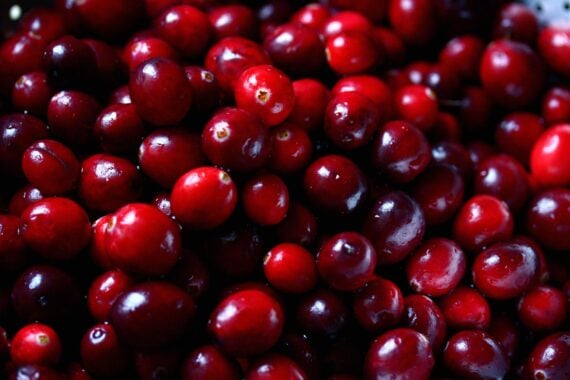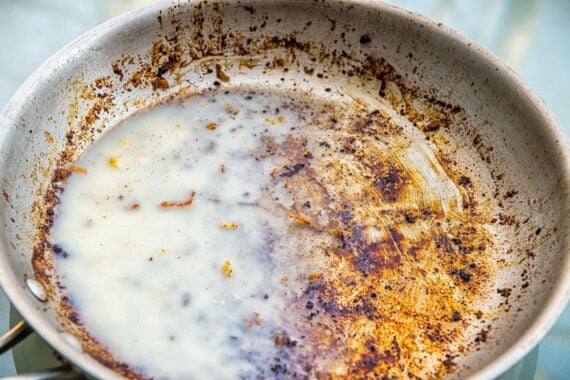Whether it’s canned, cooked, or just ignored by the kids, the small by mighty cranberry is as much a part of Thanksgiving dinner as well, you know what. But there’s actually a lot to know about this tart part of the meal. These facts about cranberries make great Thanksgiving dinner fodder when you’ve tired of talking about politics.
Related: I Tasted 11 Varieties of Canned Cranberry Sauce and the Best Was Obvious
1. They Are Mainly Made of Water
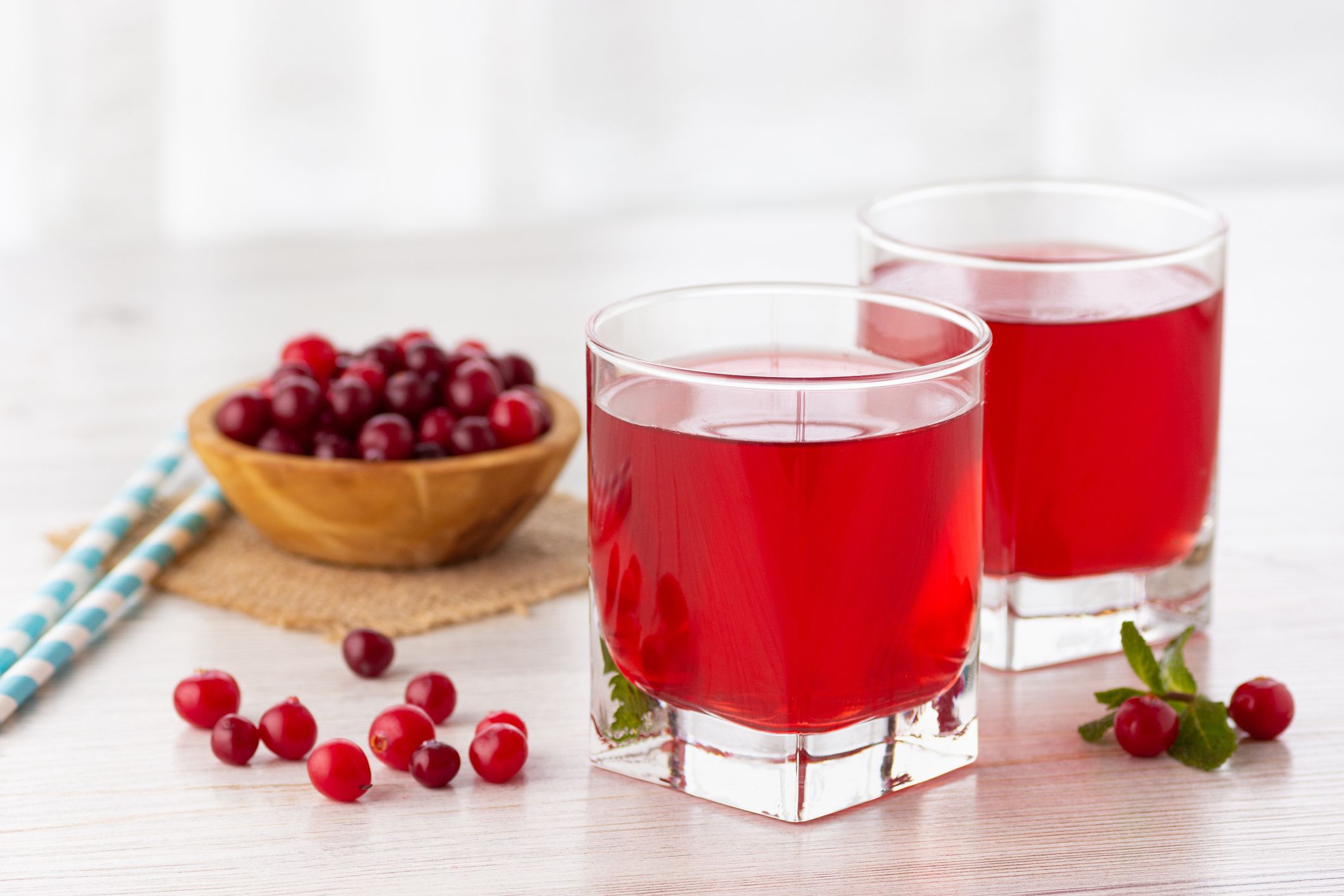
Cranberries are known for being high in vitamin C, fiber and other nutrients, they also have a high water content. These small berries are actually 90 percent water.
Related: The Surprising Side Effects of Eating Beets, According to Science
2. They’re Good For Different Parts of Your Body, Including Teeth

Chances are, you’ve heard that cranberries are good for preventing urinary tract infections. Cranberries can prevent the binding of E. Coli in the bladder, keeping an infection from happening. But they also may halt cavities. The berries contain a-type proanthocyanidins, which not only helps prevent those UTIs, but also may prevent bacteria from forming in the mouth.
For more fun trivia like this, please sign up for our free newsletters.
3. They Are One Of North America’s Few Native Fruits
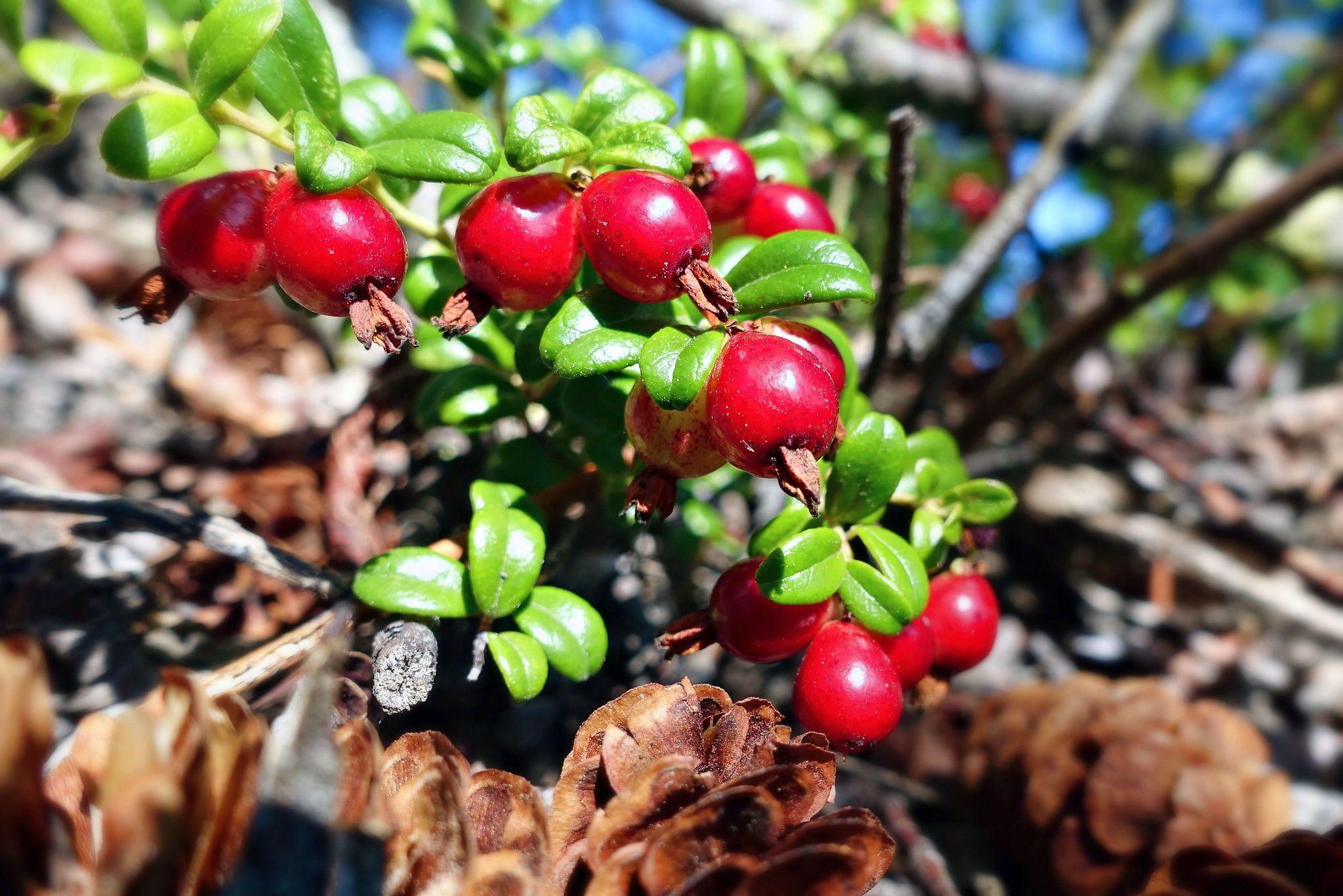
Cranberries grow wild everywhere from the mountains of Georgia to Minnesota to the Pacific Northwest. They were first cultivated in Cape Cod in the early 1800s, and became a major industry in Maine in the last century.
4. Cranberries as a Business Nearly Disappeared
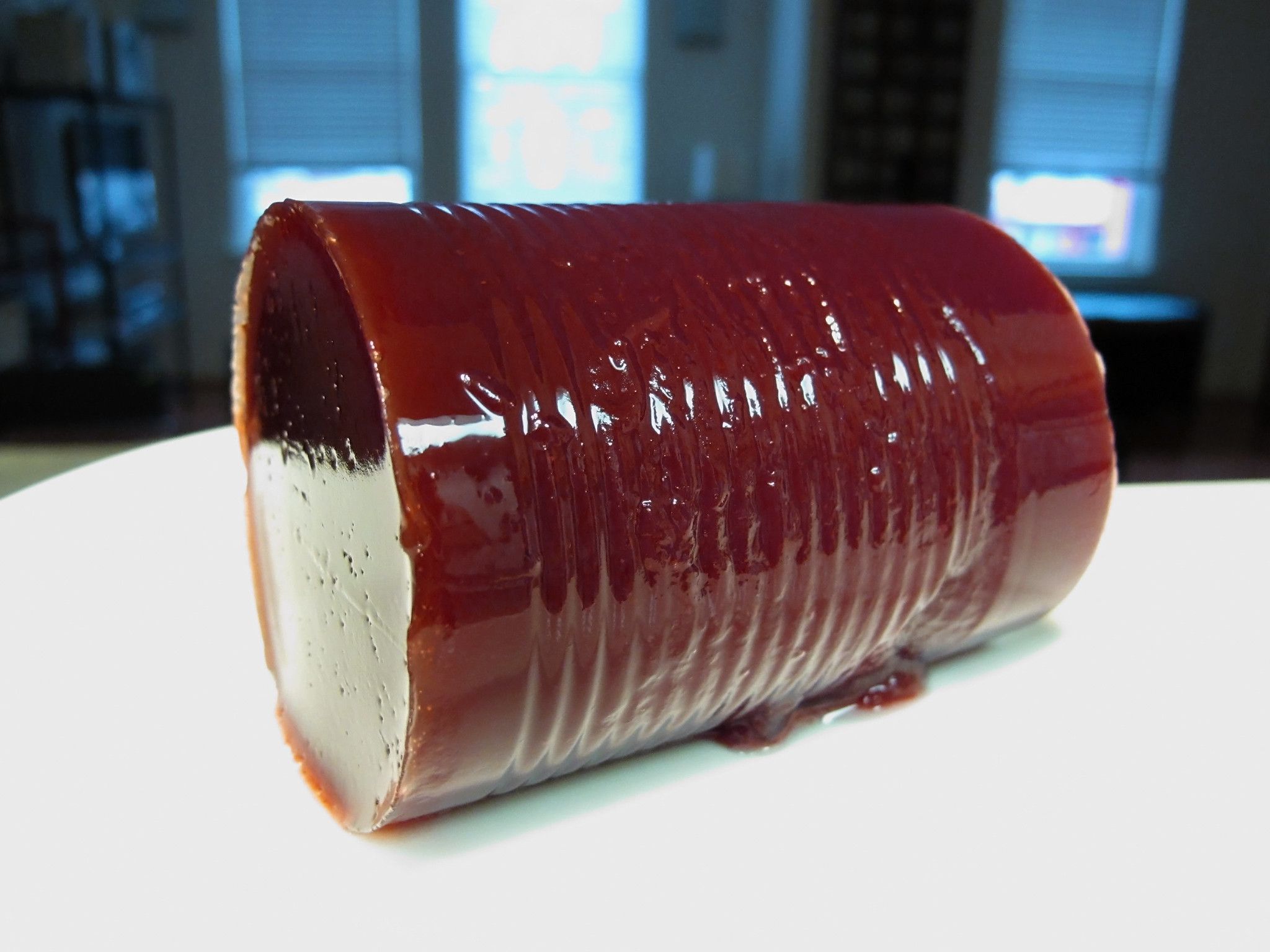
The cranberry industry nearly disappeared from Maine around 100 years ago. There wasn’t yet the right technology to protect against frost, disease and pests destroying the crop. During World War I, the demand for fresh cranberries went down as canned cranberry sauce became popular. In fact, cranberry production in Maine didn’t really become a major industry with commercial producers until the late 1980s.
5. They Are in a Little Better Supply This Year
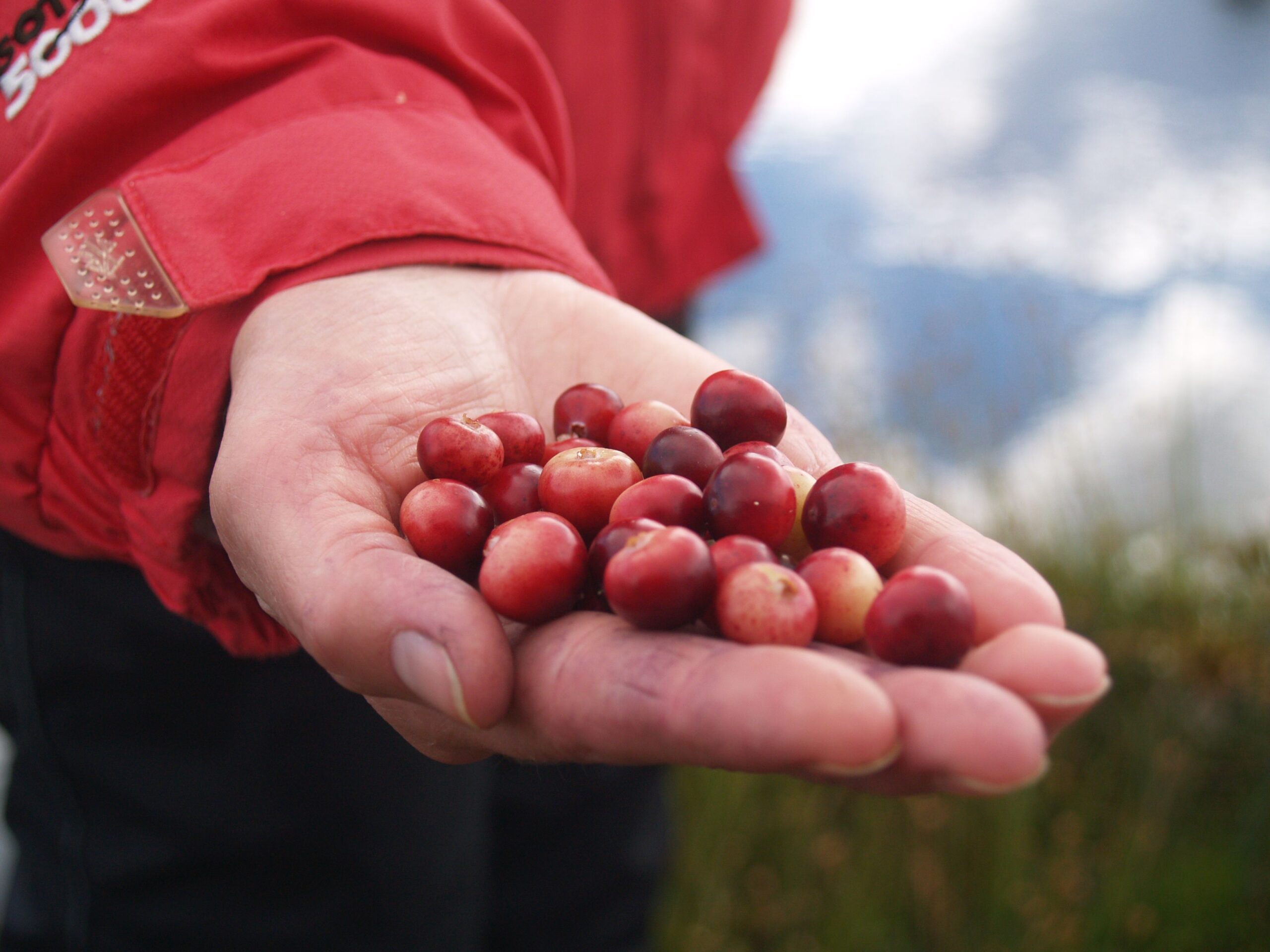
Due to conditions in two big cranberry producing states Massachusetts and Wisconsin, cranberry production was down in 2023 in both states, 12% and 5%, respectively, following rough weather that included lower-than-normal precipitation, frosts, and hailstorms. This year’s crop is expected be up 2%.
Related: 13 Things You Didn’t Know About Turkeys
Trending on Cheapism
6. They Have a Connection to Alzheimer’s

Another surprising benefit of the mighty cranberry is that they may protect against Alzheimer’s. A study published in The Journal of the American Medical Association found that eating a large amount of antioxidants such as vitamin C, which cranberries have high amounts of, could lower the incidence of Alzheimer’s.
7. There’s a Misconception About How Cranberries Grow
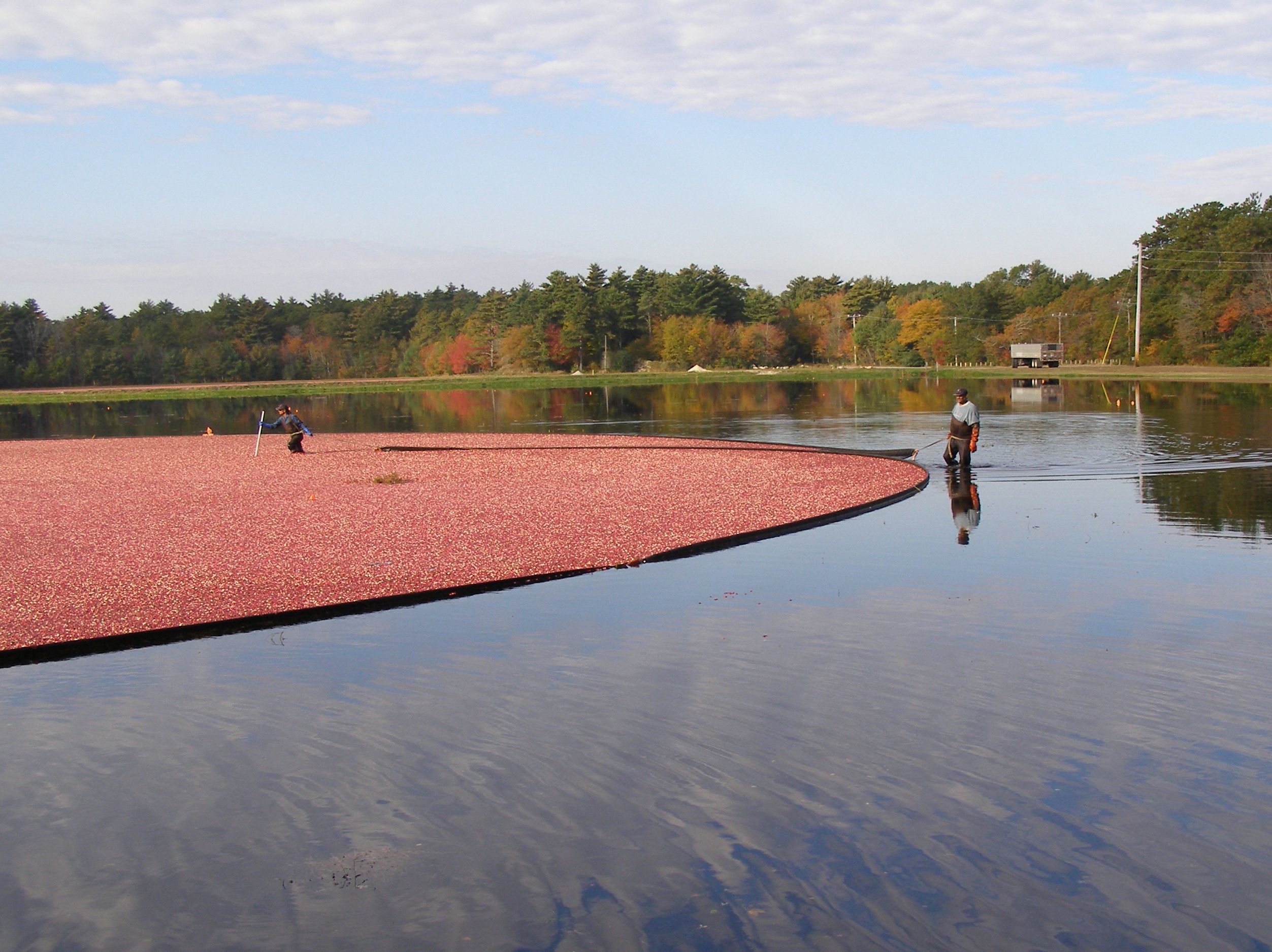
The berries do not grow on trees, bushes, or under water. The American cranberry grows on a plant with horizontal stems. Water is used for easier harvesting of the fruit, and cranberries are floated on water in the winter to keep them from freezing and being destroyed.
8. Be Careful With Cranberries If You Have Kidney Stones
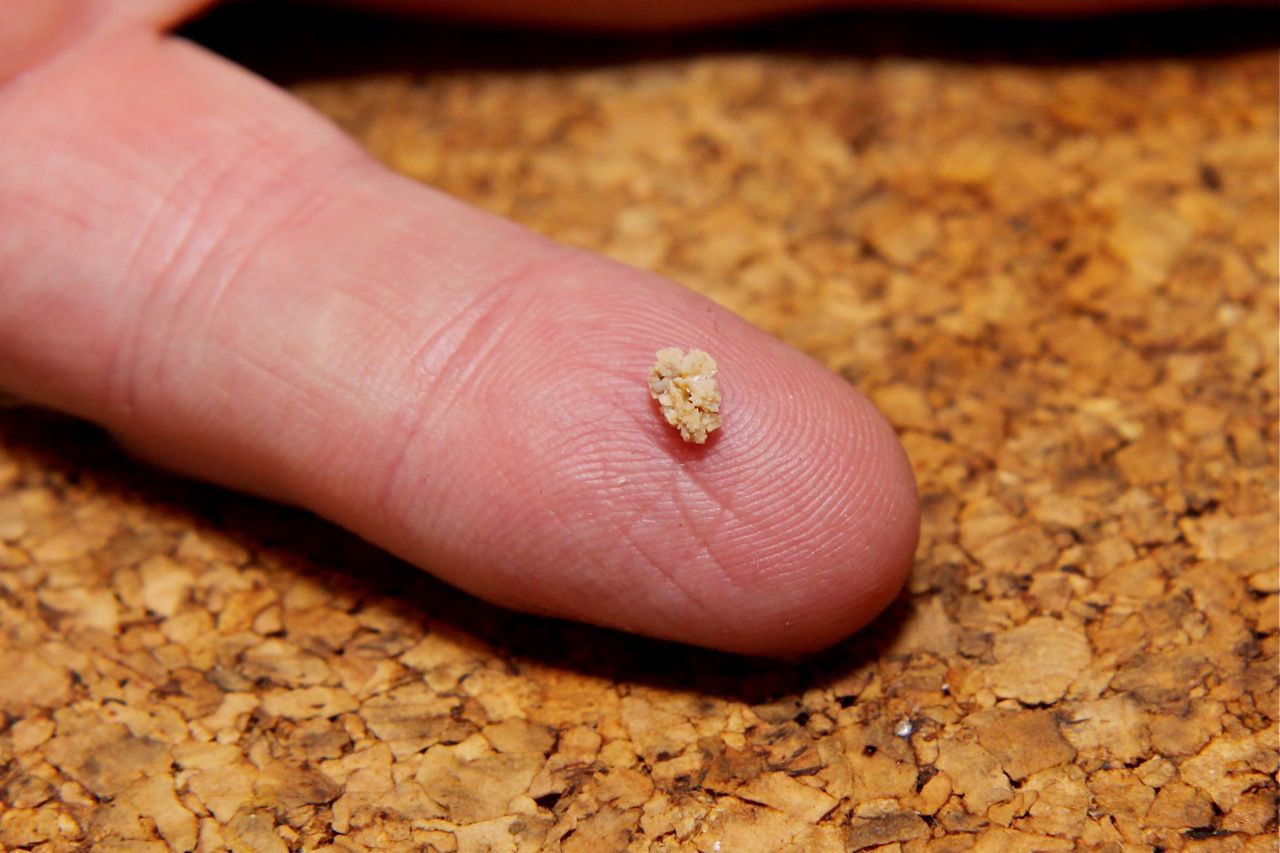
The berry has a multitude of healthy components, but there’s one thing the berry is high in that isn’t necessarily great for everyone. It’s full of oxalate, while kidney stones are made of calcium oxalate. Additionally, cranberries should be eaten with caution if you take blood thinners.
Sign up for our newsletter
9. Cranberries Can Be Kept For a Long Time
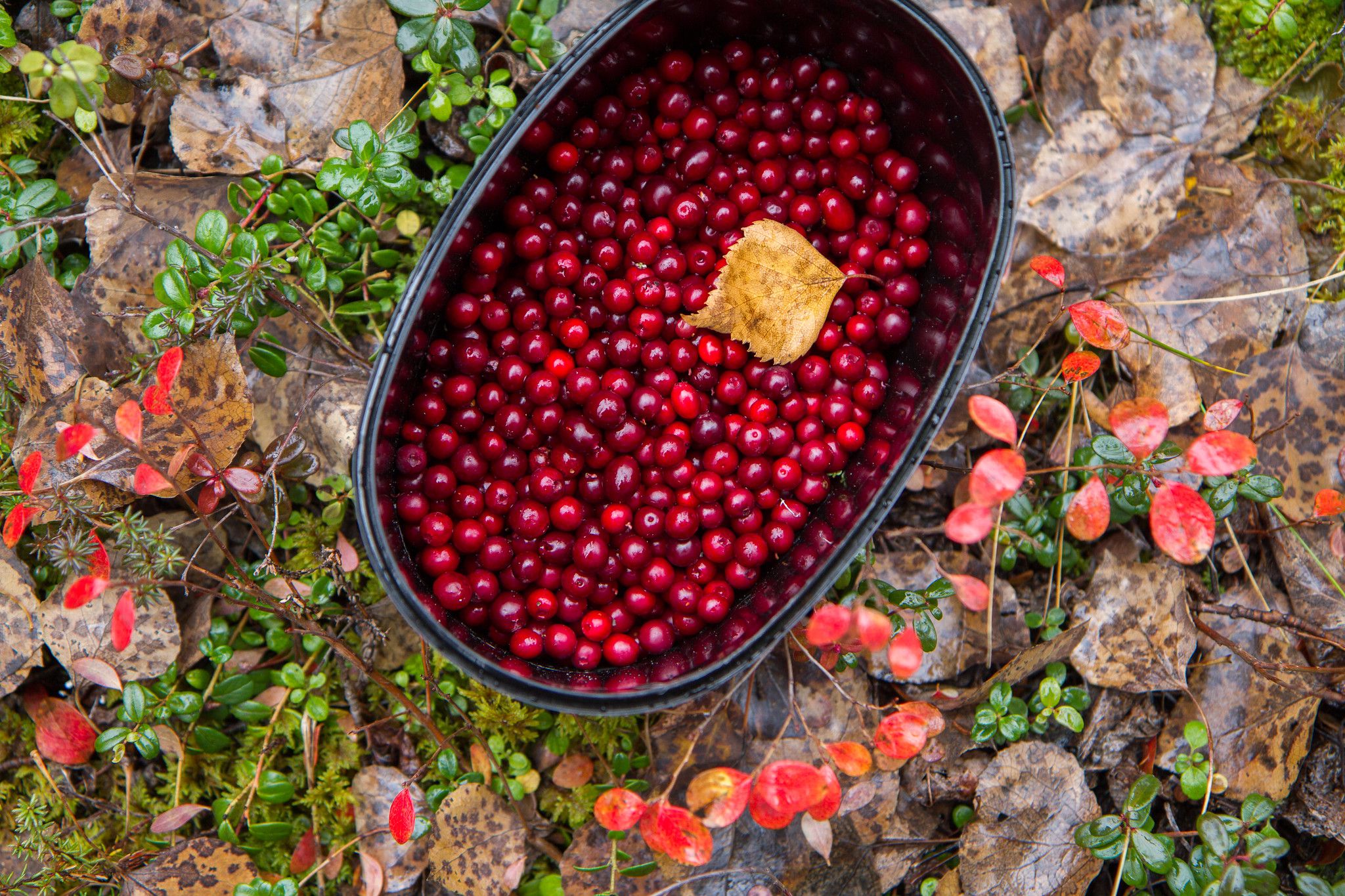
If you’re truly concerned about how next year’s cranberry crop will look and the berry is an integral part of your Thanksgiving meal, the berries freeze well. Seal them in an airtight container and they can keep for about a year.
10. Cranberries Might Beat Bacterial Infections
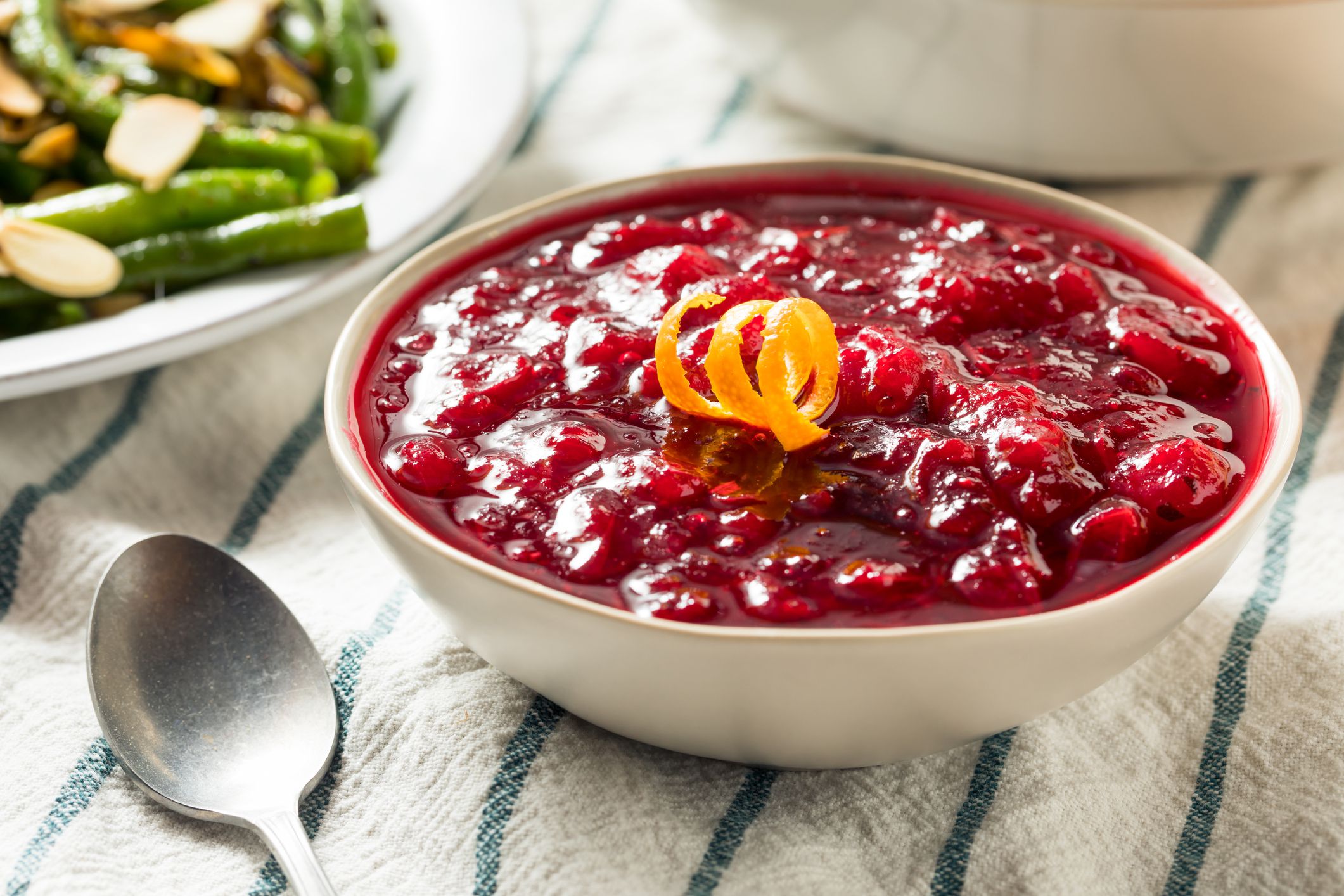
Cranberry extract was found to disrupt how bacteria communicate to spread infection, according to one study. With more research, that means it’s possible cranberries could help with infections in the same way antibiotics do.
11. The Real Reason Cranberries Became a Thanksgiving Food
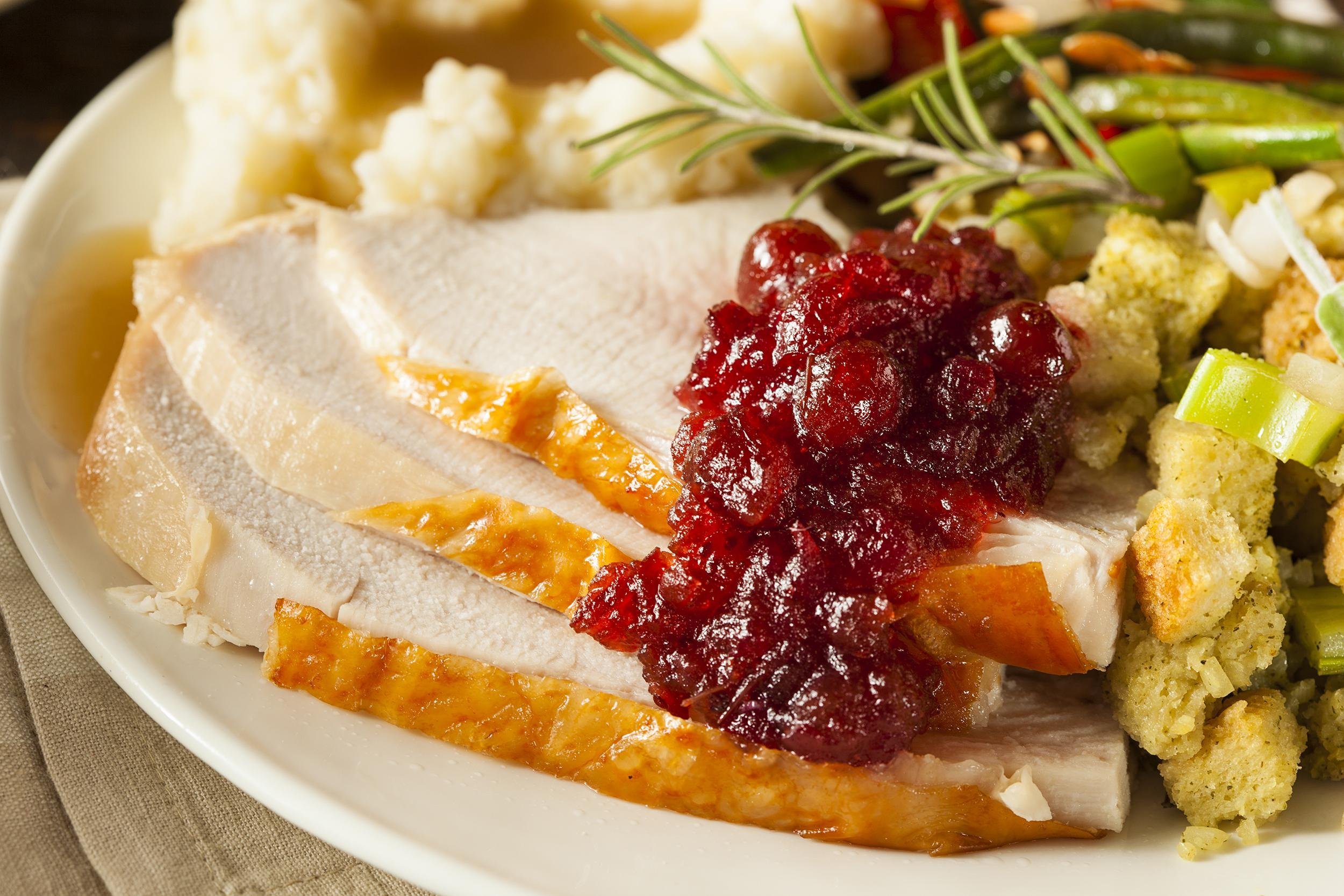
It’s assumed that Pilgrims ate cranberries at the first Thanksgiving due to its regional abundance, but there’s no proof. Cranberry sauce is said to have become an official Thanksgiving dish when Gen. Ulysses S. Grant ordered cranberries to be served to soldiers as a part of their holiday meal in 1864.
